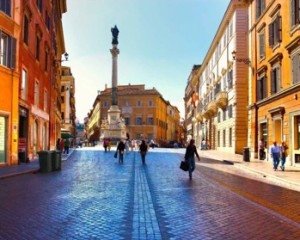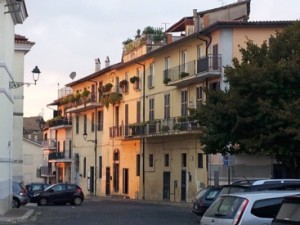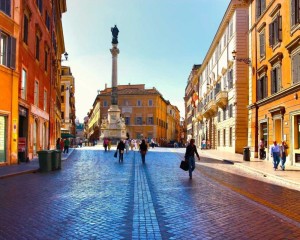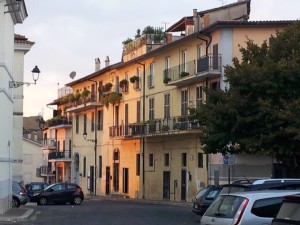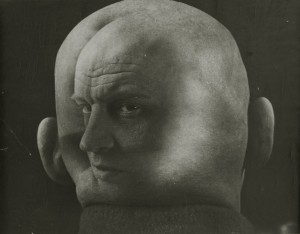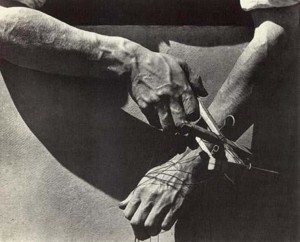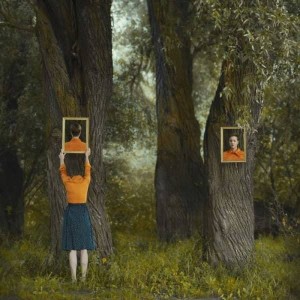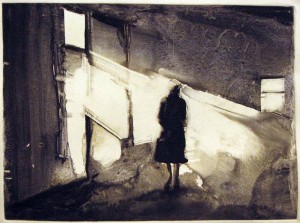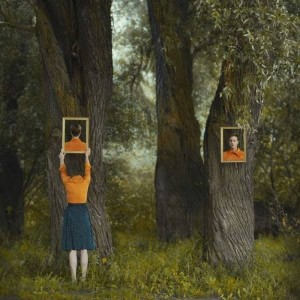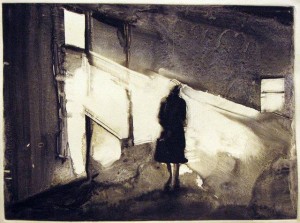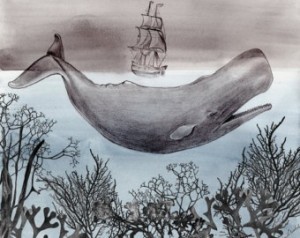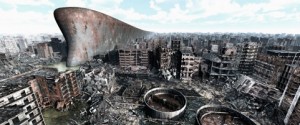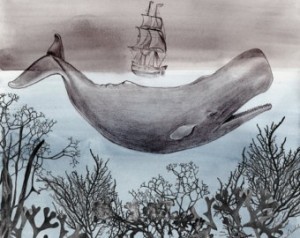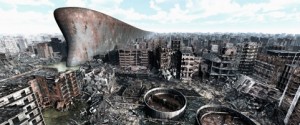A year has passed since the publication of the paper in digital format “Everything is under control. A body in the mirror. “A work, sublime or mid-level, if this is, both for the author and for the space of formal communication that incorporates, it acquires or it should buy its own life, so that it accompanies the reader and the writer in a still to explore.
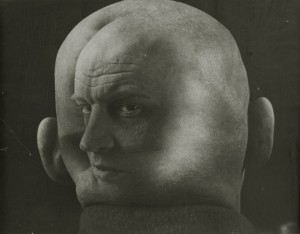
med_georgi-petrusov-portrait-of-aleksandr-rodchenko-1933
With reference to the “public” potential that I imagined in a timeframe annual, that I thought in lesser quantities, because my two previous writings are poetry, this written in prose, lonely and under track, continued with a constancy from marathon runner to meet more new readers every month.
As the cost of the writing is a little over a euro, I have found that it has been taken mainly by assonance, stimulus and curiosity about the title and a few hints about the content. At first glance it seems to me to talk about anorexia as a symptom of a malaise known to all, but already the first lines, the reader understands that the “food dysfunction” is a symptom of the processes that they are so unique and unrepeatable for each of us, and that they have, however, a common reference to long-term social processes.
The body was already once understood as a product of a technique, albeit for references supramundane, and now it is registered in the laity criteria of “best management resources” in a horizon for which “doing”, “act in view of a defined objective “and management” domestic “their livelihood, their elements are already separated and fully available. We are therefore confident in disposing of the body in time patterns already foreshadowed, according to well-defined actions and safe in a procession that it is similar to that of a pilgrim towards a relic, which give a certificate, diploma, or a performance sexual and convivial, with emotions and feelings that are well pigeonholed in the procedure of a serial satisfaction and nuanced.
Everything must be under control, because the body is wanted as if it were already an essential and original, and not a goal to reach. We have a faith towards a simplification of the world with a double inversion of means and purposes, where the control is at the same time an element of the body which must be produced and in the other a set of behaviors and views of the world, which are adapted to change it. It is a short circuit. A mirror that you want to fake, and you want to tell the fake: “This little thing you see is the whole of reality.”
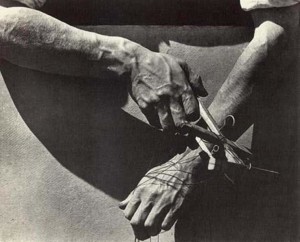
Tina Modotti, The hands is working.
The problem comes when the body itself, the part deemed simpler, split and weak, rebels and does so through the same violent and unlimited vision that we want to create. The background and the material available, which is almost despised, in addition to being the source of what it is, offers other possibilities of existence.
Almost every reader of the text has first started a conversation through www.linomilita.com website, and everyone fairly even before reading, requested clarifications on those terms, and then almost more than half of the readers, until now, has returned to write combining their experiences, compared to the path that is offered by the text. By the words and experiences, unique and unrepeatable for each, it appears that “we”, “our” image, “our” body have an indefinite surplus still to be said, seen and experienced. And this “more” is unlimited. And that all will to make it static and uniform, clashes against itself. The interview is still in progress.
The book can be downloaded
Ultimabooks: Here
Bookrepublic: Here
ebook.it : Here
Amazon: Here – in kindle format.
